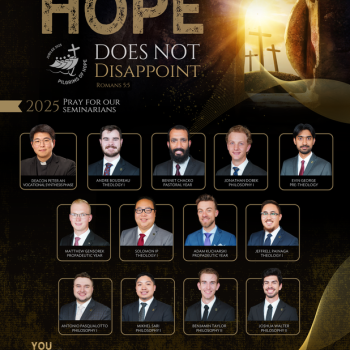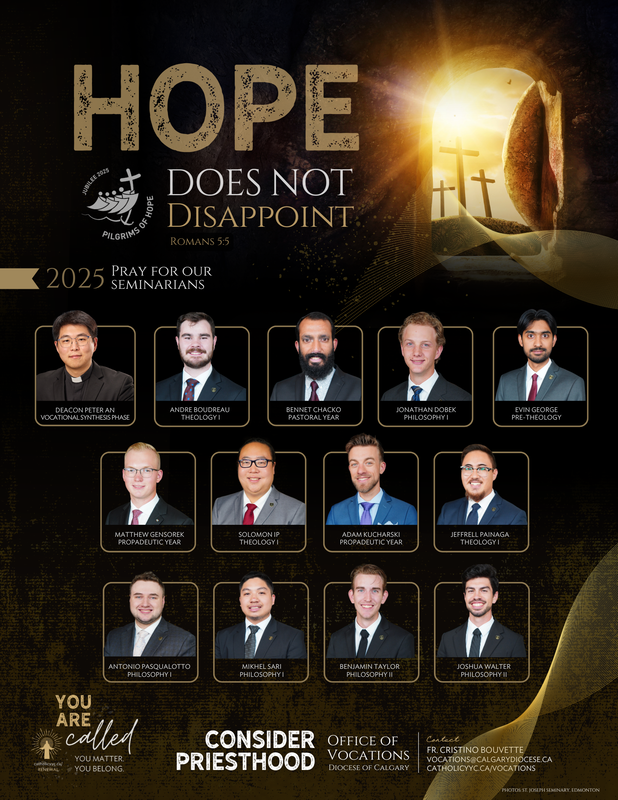Mother – A Light in Times of Darkness
In today’s world, which increasingly rejects Christian values, the role of the mother becomes not only a challenge but also a mission. The reality we live in is flooded with moral relativism, ideologies that blur natural roles, and a growing crisis of the family. In this context, being a mother is not just a biological matter – it is a vocation, a spiritual battle, and a testimony of faith.
Mother as Defender of Life and Faith
The mother stands on the front line in the battle for the souls of her children. In a world that glorifies self-fulfillment and comfort, she chooses sacrifice, selfless love, and daily dedication. She defends life from conception to natural death. She teaches prayer, forgiveness, and responsibility. She – often without recognition – becomes the home’s “catechist,” “psychologist,” and, above all, an icon of God's love.
Mother – The Teacher
Today, a mother must not only raise her children but also form their conscience. In a culture that blurs the line between good and evil, truth and falsehood, she must courageously say, “Yes – yes, no – no.” Her life, rooted in the Gospel, becomes countercultural – a quiet but powerful protest against moral manipulation that destroys human identity.
Motherhood as a Vocation, Not a Project
Modern narratives often portray motherhood as a limitation, an obstacle to professional development, or even a form of enslavement. Meanwhile, the Church reminds us that motherhood – both physical and spiritual – is one of the most beautiful vocations. A mother does not give up on herself but offers herself out of love. She is not weak – she is strong in grace.
Mary – A Model for Every Mother
In the face of attacks on the family and motherhood, the mother has a powerful example – Mary, the Mother of God. Her life, full of humility, silence, and unwavering faith, shows that a woman’s strength does not lie in dominance but in service. Mary did not seek recognition but faithfully fulfilled God’s will – even when it meant suffering at the foot of the Cross.
Hope for the World
In times of chaos, confusion, and broken families, it is the Mother who can be a point of reference. Her faithfulness, prayer, and presence are like a lighthouse on a stormy sea. Through her quiet daily choices, she builds the future of the Church and the world.
On this Mother’s Day, we thank all Mothers – for their steadfastness, love, prayer, and silent fight for the souls of their children. You are the heroines of our time.

_small.gif)


_small.gif)
_small.gif)
_small.gif)
_small.gif)